Tough but fair
America's most challenging courses, ranked
When we task our 1,900 panelists with evaluating our nation’s courses, we remind them that we’re not seeking to determine America’s 100 Greatest Championship Courses. Instead, our definition of greatness identifies courses that challenge low handicap amateur golfers, not necessarily tour professionals.
That distinction is reflected in our definition of Challenge, one of our six scoring criteria used to determine our course rankings. We ask, “How challenging, while still being fair, is the course for a typical scratch golfer playing from the tees designated as back tees for everyday play (not from seldom-used championship tees)?”
We prefer to consider how challenging a course is for a mythical scratch golfer as opposed to a tour pro because most courses won’t host tour events with championship setups. A course that receives a high mark in Challenge must also be fair. Courses with demanding 260-yard carries over hazards from every tee or every green guarded by water are challenging but likely not fair. A course can be challenging in less obvious ways than severe rough and punishing hazards. Our panelists consider each of these factors, like windy locations, firm fairways and greens, angled targets, uneven stances and obscured visibility.
Based on panelist scores from our latest America’s 100 Greatest and Second 100 Greatest rankings, we’ve ranked the 25 most challenging courses in the United States.
Scroll down for the complete list of the most challenging courses in the country. We urge you to click through to each individual course page for bonus photography, drone footage and reviews from our course panelists. Plus, you can now leave your own ratings on the courses you’ve played … to make your case why your favorite should be ranked higher.




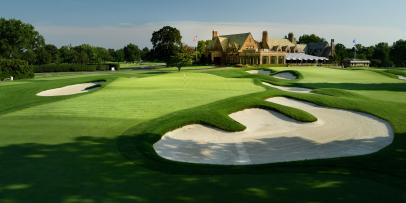



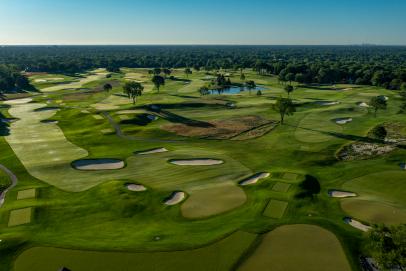





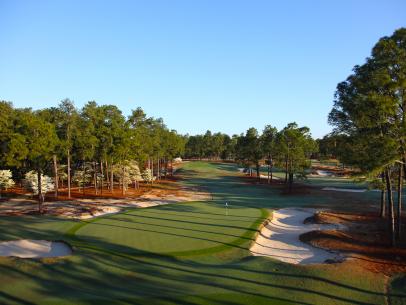





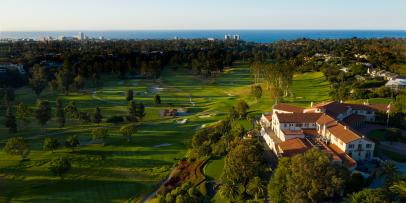




• • •
Explore Golf Digest's recently relaunched Places to Play community, where you can add star ratings and reviews for all the courses you play. We've collected tens of thousands of reviews from our course-ranking panelists to deliver a premium experience, which includes experts' opinions, bonus course photography and videos, plus much more. Check it out here!


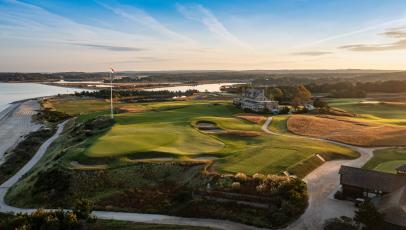
 hero.jpg.rend.hgtvcom.406.203.suffix/1620136440329.jpeg)

